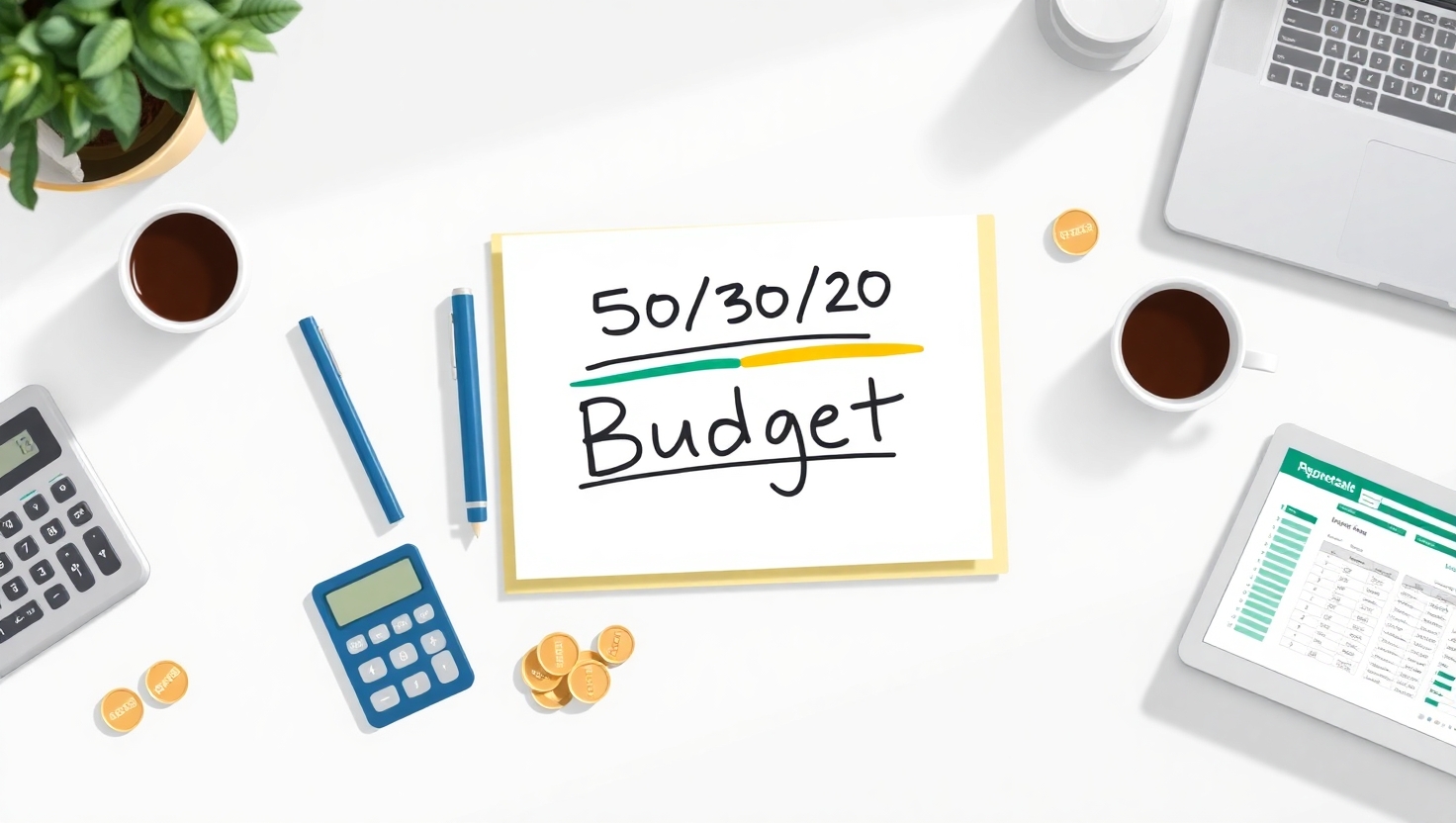The Ultimate Guide to the 50/30/20 Budget: A Simple Path to Financial Freedom

In today’s fast-paced world, achieving financial freedom may feel like an uphill battle. With endless bills, unexpected expenses, and the temptation to spend more than we earn, many people struggle to maintain control of their finances. Enter the 50/30/20 budget rule—a simple, time-tested strategy that can help you take charge of your money and build a more secure financial future.
This budgeting rule is especially useful for people who want a clear plan without complicated systems. It provides a strong foundation for responsible financial management while allowing room for flexibility and fun. Once you understand and apply it, you’ll be well on your way to breaking the paycheck-to-paycheck cycle and building lasting wealth.
What is the 50/30/20 Budget Rule?
The 50/30/20 budget is a money management plan that divides your after-tax income into three main categories:
- 50% Needs
- 30% Wants
- 20% Savings and Debt Repayment
This budgeting framework keeps your essential expenses covered, lets you enjoy your lifestyle, and helps you prepare for the future—all in one go. It brings balance and clarity to your financial decisions and simplifies monthly money planning.
Breaking Down the 50/30/20 Rule
50% for Needs
This includes essential expenses:
- Rent or mortgage
- Utilities
- Groceries
- Insurance
- Minimum debt payments
- Transportation
Tip: Try to downsize if your needs exceed 50%.
Needs are the absolute essentials you must cover every month. Keeping this category within 50% ensures you have room to breathe and budget in the other areas. If you’re spending more, look for opportunities to cut down or find more affordable options.
30% for Wants
These are non-essential expenses like:
- Dining out
- Streaming subscriptions
- Shopping
- Travel
Wants are part of a balanced life. Just stay mindful.
Spending on wants should bring you joy without leading to guilt or debt. By limiting this category to 30%, you can still enjoy life while ensuring your financial foundation remains strong.
20% for Savings & Debt
Focus on wealth-building actions:
- Emergency fund
- Retirement accounts
- Investing
- Paying off debt
Pro tip: Automate your savings.
The 20% category is crucial for future-proofing your life. It helps you weather emergencies, retire comfortably, and gain financial peace of mind. Every dollar saved today is one step closer to financial freedom.
How to Implement the 50/30/20 Rule
- Calculate Your After-Tax Income - This is your income after taxes, insurance, and other deductions.
- Apply the 50/30/20 Formula - For example, $3,000 income becomes:
- $1,500 for Needs
- $900 for Wants
- $600 for Savings/Debt
- Track Your Spending - Use budgeting tools or apps to stay accountable.
- Adjust As Needed - Life changes, and so should your budget. Review it monthly or quarterly.
Who Should Use the 50/30/20 Budget?
This method works great for:
- Budgeting beginners who need a straightforward plan
- Variable income earners seeking structure
- Couples trying to align financial goals
- Anyone building savings or paying off debt
Even high earners can benefit from this strategy as it encourages mindful spending and intentional saving, leading to long-term financial security.
Common Mistakes to Avoid
- Mixing up needs and wants
- Ignoring irregular or seasonal expenses
- Not increasing savings after paying off debt
- Living beyond your means due to lifestyle inflation
Final Thoughts
The 50/30/20 rule isn’t about restriction—it’s about balance. It allows you to enjoy life today while planning for tomorrow. Stick to it and you’ll be on a path to true financial freedom.
Over time, as your income grows or debts shrink, you can tweak this rule to accelerate your financial goals. The point is not perfection but progress. Start small, stay consistent, and enjoy the journey.
Key Takeaways
- 50% Needs, 30% Wants, 20% Savings/Debt
- Simple, effective, and flexible
- Ideal for all income levels and life stages
- Focuses on balance and long-term financial health
Start today. Your future self will thank you. 🙌